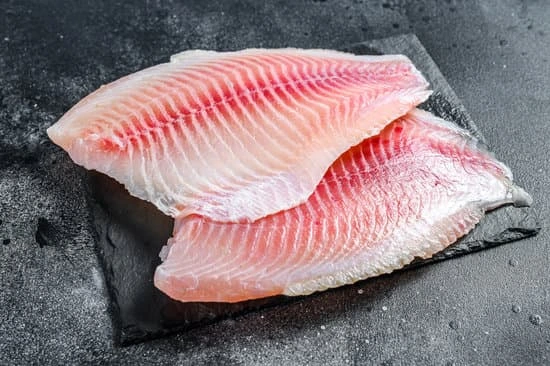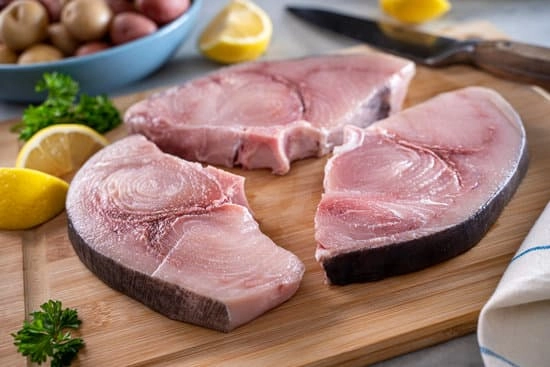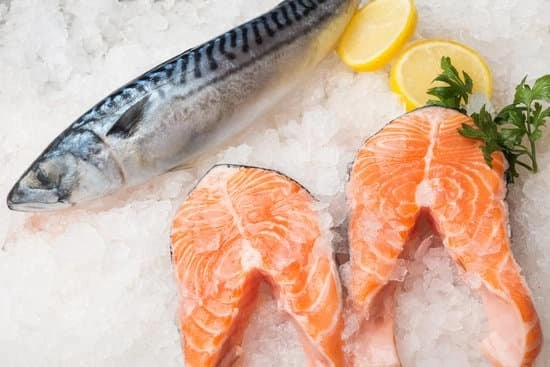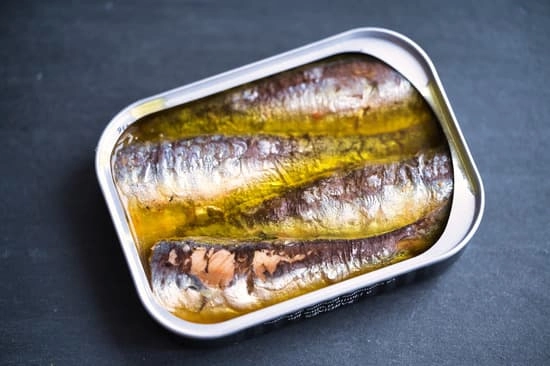Fish, though one of the most nutrient-dense foods you can eat, tends to be a divisive dish. The most common source of hesitation when it comes to seafood? An aversion to a “fishy” flavor.
Whether you love, hate it, or are a selective eater, you can use this guide to the fishiness scale of the 10 most common fish to plan your meals around, whether you’re eating in or dining out. Read on as the team from N.C. Seafood Restaurant in Raleigh uncovers the fishiness scale of ten common fish so you can plan your meals accordingly.
Table of Contents
Tilapia
For those who don’t like the taste of fish, a mild white fish is the way to go. Tilapia is one of the most commonly farmed and consumed white fish in the world, so you’re likely to find it on your favorite seafood restaurant’s menu.
For those who are just getting used to adding seafood to their diet, tilapia is a perfect choice. In fact, it’s placed at the bottom of the fishiness scale. Some even describe it as the most mild-flavored fish around, with a hint of sweetness that’s just enough to make it tasty paired with some classic dishes. Plus, tilapia is a great source of protein and is low in fat, sodium, and calories.
If you’re thinking about cooking some up for dinner one night, you’ll have plenty of options for flavor pairings and side dishes. The flavor is so mellow, it goes with just about anything, from mashed potatoes to sauteed veggies.
Halibut
Like tilapia, halibut is a mild white fish with a slightly sweet flavor. However, many swear that this fish is just a bit, well, “fishier” than its counterpart. Halibut also has a slightly firmer texture, so it’s great for those who prefer a meatier fish over a flakier one.
As far as health benefits go, halibut is almost a super-food, with plenty of nutrients like magnesium, selenium, phosphorus, and vitamins B12 and B6, similar to shrimp.
When preparing or ordering halibut, consider pairing it with flavors like lemon, garlic, dill, and parsley, as well as veggies like peas, green beans, and zucchini.
Swordfish
When you think of a “meaty” fish, chances are this striking sportfish comes to mind. As one of the strongest swimmers in the ocean, their athletic build makes them closer in texture to steak than any other fish you might find.
That, combined with their mild, slightly sweet flavor, makes them a great alternative for meat lovers looking to get seafood in their diet without having to deal with any “fishy” flavor—though sometimes the flavor can seem a little stronger to those not used to it.
Swordfish is best when prepared with rosemary, basil, tomatoes, rice, or quinoa. It’s especially good when grilled, paired with a full-bodied white wine or a medium-bodied red wine to balance it out.
Cod
Cod is another example of white fish, and as you’ve probably caught on by now, most of the time that means the flavor is best described as mild. Cod is also pretty lean, which makes it a great fish for those who are trying to avoid a “too-fishy” flavor. Some even describe it as “milky” or “buttery”.
Its low-key flavor profile and rich, firm texture make it a great fit for refreshing sides like coleslaw, lemon rice, and corn.
Tuna
Tuna is one of the most popular fish worldwide, and you’ll likely find a ton of variations both on restaurant menus and in your local grocery store. Each type varies a bit in flavor, but none of them can be described as “too fishy”.
- Albacore: Also known as white tuna, albacore is light and mild in flavor.
- Yellowfin: You’ll likely find yellowfin tuna on a sushi menu. This type of tuna is mild in flavor as well.
- Bigeye: Bigeye tuna stands out for its firm, meaty texture, and bigger flavor than its counterparts. You’re likely to find this one on a sushi restaurant’s menu too, since it doesn’t need a whole lot of preparation to add a dose of flavor.
Regardless of the type of tuna, most chefs prefer to pair this fish with acidic or light flavors such as those in avocado, tomato, sesame oil, and wasabi.
Mahi Mahi
Mahi Mahi is a bit of a paradox: It’s firm in texture, but it also has a bit of a flake that makes it seem a bit lighter than a sportfish like Swordfish. Flavor-wise, most describe it as less ”fishy” than the swordfish, but more so than most white fish like halibut. You might see it classified as “semi-mild”.
Mahi is often paired with tropical flavors like mango and pineapple, though it’s also great with more savory sides like red beans and rice, and mashed potatoes!
Salmon
The flavor of salmon can be greatly influenced by the method used to procure it. Wild-caught salmon, for example, is more likely to have a creamy and rich taste. Farmed salmon has a similar flavor profile, though it will be less rich.
Salmon is well known for its delicate, melt-in-your-mouth texture, and its strong flavor. Many say that salmon is among the “fishiest” of fish, especially when raw.
Acidic flavors go great with salmon and help cut the flavor, while creamy, umami sauces and side dishes compliment it perfectly.
Mackerel
If you’re trying to avoid any “fishy” flavor, mackerel may not be the one for you. This fish is pelagic, meaning they are only found in the open ocean, never in shallow water near shore. The most commonly consumed types are the king mackerel, the Spanish mackerel, and the Atlantic mackerel.
When you buy mackerel to prepare at home or order it at a seafood restaurant, you’re going to get a fish with a salty taste and a slightly oily, flaky texture. To some, this is a welcome burst of flavor. To others, it’s a bit too “aquatic” for their tastes.
If you do opt for mackerel, it’s a good idea to pair it with sweeter or lighter flavors like those found in fruit. Spices like parsley, ginger, garlic, cumin, coriander, paprika, and cayenne also pair well.
Anchovies
Anchovies got a bit of a bad rap a couple of decades ago, but in the years since they’ve reclaimed their rightful place in the pantheon of well-respected seafood options in some of the best restaurants in the world.
Their flavor is very fishy and salty when consumed straight out of the can or packaging, where they are normally preserved in brine or oil. This can be overwhelming for many who are new to seafood. With that said, anchovies are at the top of the fishiness scale. To mellow out that flavor a bit, try lemon juice, parsley, or a bit of olive oil when preparing them.
For those who want to try anchovies but aren’t ready to dive right in, consider following recipes that call for anchovies to be cooked down into the fat in which the dish is being prepared. This brings the perfect umami flavor without leaving a fishy taste behind.
Sardines
You might have only experienced sardines straight out of the tin, where they are tightly packed and stored in water and oil. Straight out of this packaging, they are meaty, oily, and dense—causing some to flock to their flavor and others to run from it.
It’s important to note that they are less intense in flavor than anchovies, though many do still cite a “fishy” and fairly salty flavor. Thus, sardines rank high on the fishiness scale.
When looking for ways to prepare sardines, consider lightening their flavor with olive oil, mayo, or aioli. They can also add some much-needed depth to a light salad, or make a yummy side when sautéed in oil, garlic, onions, and lemon juice.
N.C. Seafood at The State Farmers’ Market in Raleigh
Now that you know exactly which kind of fish fits your flavor preference best based on the fishiness scale, you might find yourself craving your favorite comfort seafood, or dying for a chance to try out something new. Regardless of what you’re in the mood for, you can enjoy delicious, fresh seafood at N.C. Seafood Restaurant.
Our dishes are all made with the freshest fish, shrimp, oysters, and clams, so you can be sure that no matter what you order, you’re getting the best. Enjoy our fried, calabash-style seafood in a casual setting at our location in the farmers market, or grab it to go and bring it home. Order online or in person at N.C. Seafood Restaurant at the Raleigh Farmer’s Market.




